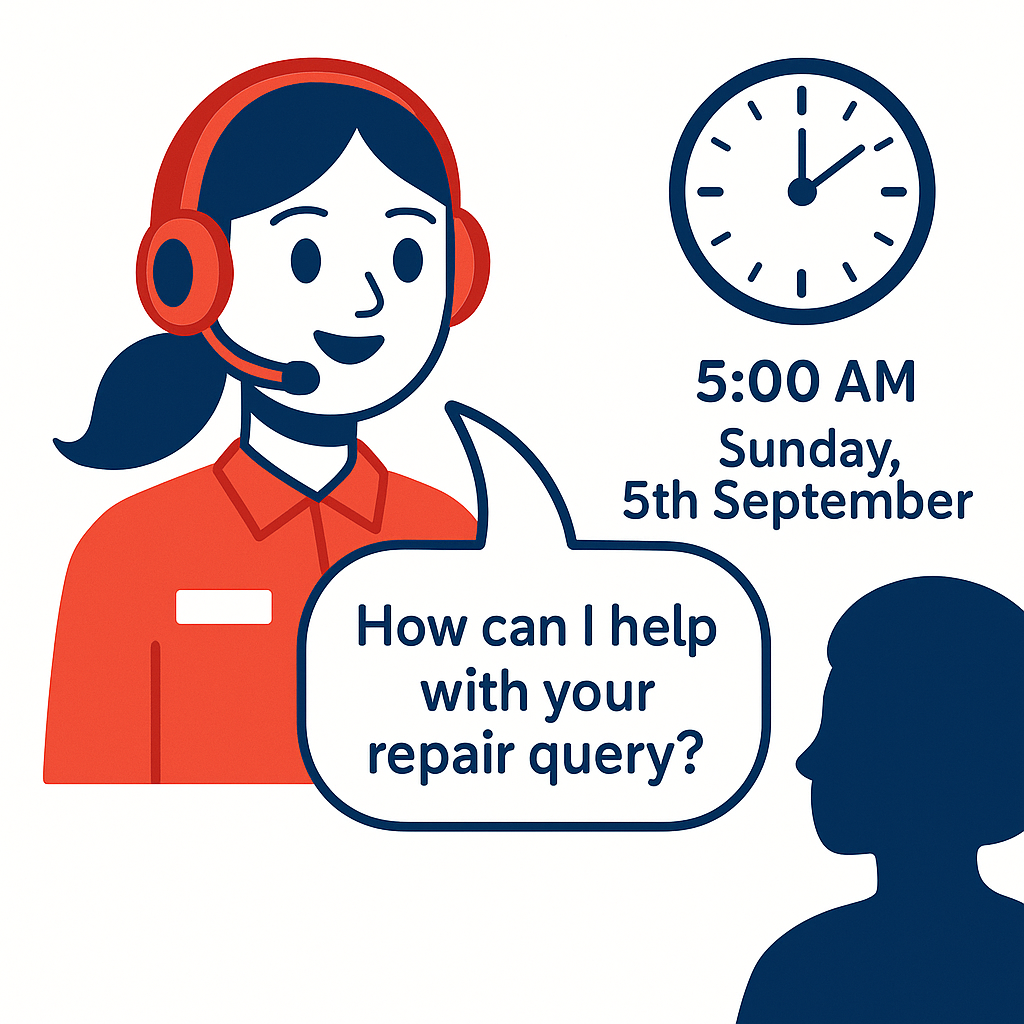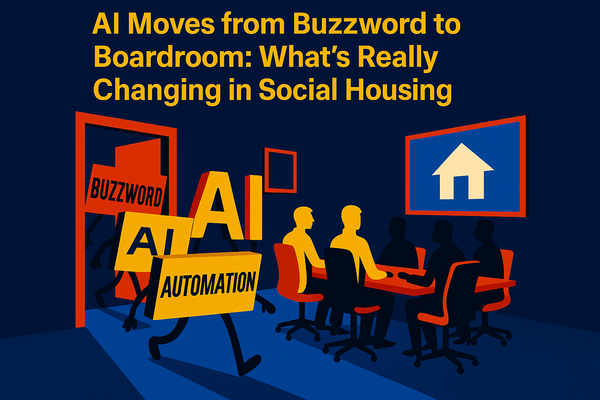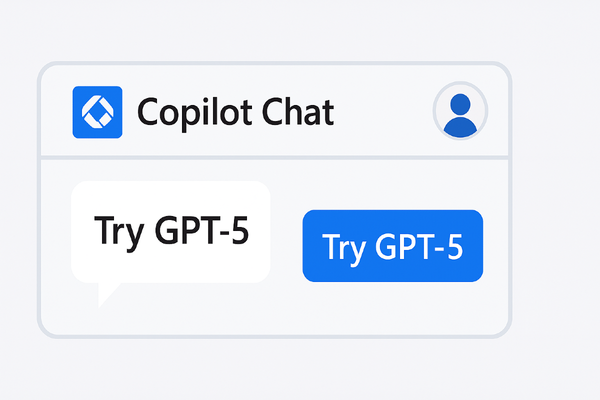Chatbots in Housing – Are They Just Annoying, or Actually Useful?

Let’s be honest—most people groan when they hear 'chatbot'. We’ve all had frustrating experiences with unhelpful scripts and dead ends. But modern chatbots are improving fast—and in the right context, they can genuinely add value.
🤖 What Is a Chatbot, Really?
A chatbot is a software tool that mimics human conversation—usually through a website or app. It’s designed to answer common questions, route users to the right place, or help complete simple tasks.
🏘️ Where Chatbots Can Help in Social Housing
Done well, chatbots can:
- Help tenants report repairs 24/7—even outside office hours
- Provide updates on repair status or rent balances
- Signpost support services like welfare advice or complaints handling
- Reduce call volumes for frontline teams
They’re especially useful for high-volume, low-complexity enquiries—freeing up your human teams to deal with the more complex or sensitive stuff.
🤯 When They’re Not So Helpful
Chatbots fall down when they’re too rigid, badly scripted, or not connected to live systems. If tenants feel fobbed off, the trust damage can outweigh any efficiency gains.
That’s why it’s vital to design with the user in mind—test with real tenants, include plain language, and make sure there’s always a route to speak to a real person when needed.
💬 Are They AI?
Some chatbots are rule-based (think ‘press 1 for this, 2 for that’), while others now use natural language AI to respond in a more human way. The latter can handle broader queries, learn from common interactions, and offer a much smoother experience.
💡 Common Sense AI Takeaway
Chatbots can absolutely work in social housing—but only when they’re designed for the people using them. Start small, build trust, and always keep the human back-up in place.
Next up in the Common Sense AI series: “AI in Repairs – Smarter Diagnostics or More Complexity?”



